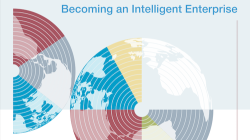The New Normal means that planning is no longer an extrapolation of the past. Similarly, business drivers that worked last year may no longer be relevant for the future. The reality is that organizations face multiple possible futures. Each one can be triggered by a crisis or an unforeseen event that will require the company to adjust or even change course.
So how should FP&A adapt to this New Normal?







